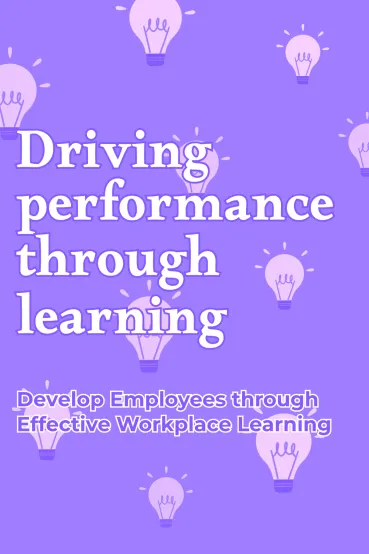
Driving Performance Through Learning
Brief Summary
Andy Lancaster's book “Driving Performance through Learning” discusses the importance of learning on the job. You’ll find out not only the benefits of such training for employees but also how to develop suitable approaches to this learning. The book also tells us not to be afraid of mistakes and teaches us how to learn from them.
Topics
Key points
Key idea 1 of 7
The labor market is highly changeable. The need to reduce the budget leads to a decrease in the number of workplaces, causing great competition in the job marketplace. Because of this, many people change their profession more than once throughout their careers. Many choose the convenient option of working from home.
However, people's need for knowledge has always been and remains unchanged. So, how do companies and their Learning and Development (L&D) teams cope with training employees? Courses come to mind first. But the easiest answer is not always the right one. In the modern world, people have many responsibilities besides work, which makes taking separate time for courses a challenging mission. Is it possible to combine work and study to avoid wasting time? The answer is "yes." Essentially, workers gain skills more productively directly during work than through courses. Many employees are ill-prepared for a particular task.
This is not how it should be. The proper way to train workers is to teach them when they fulfill their job duties and only when necessary. This rule helps people change their perception of professional advancement and the acquisition of new knowledge. The concept of 70:20:10 has been around for quite some time. The point is that the largest part of learning, 70%, takes place through gaining experience in the work process. Then 20% are acquired thanks to coaching, and only 10%, the smallest amount, falls on the courses.
Employees must be aware that learning continues even while working. Given that, L&D professionals analyze the work of the company's employees to understand their need for training and determine their level of progress. Their responsibilities also include one-to-one tuition, booking courses that are needed for workers, and many other things.
FAQ
You may also like these summaries











